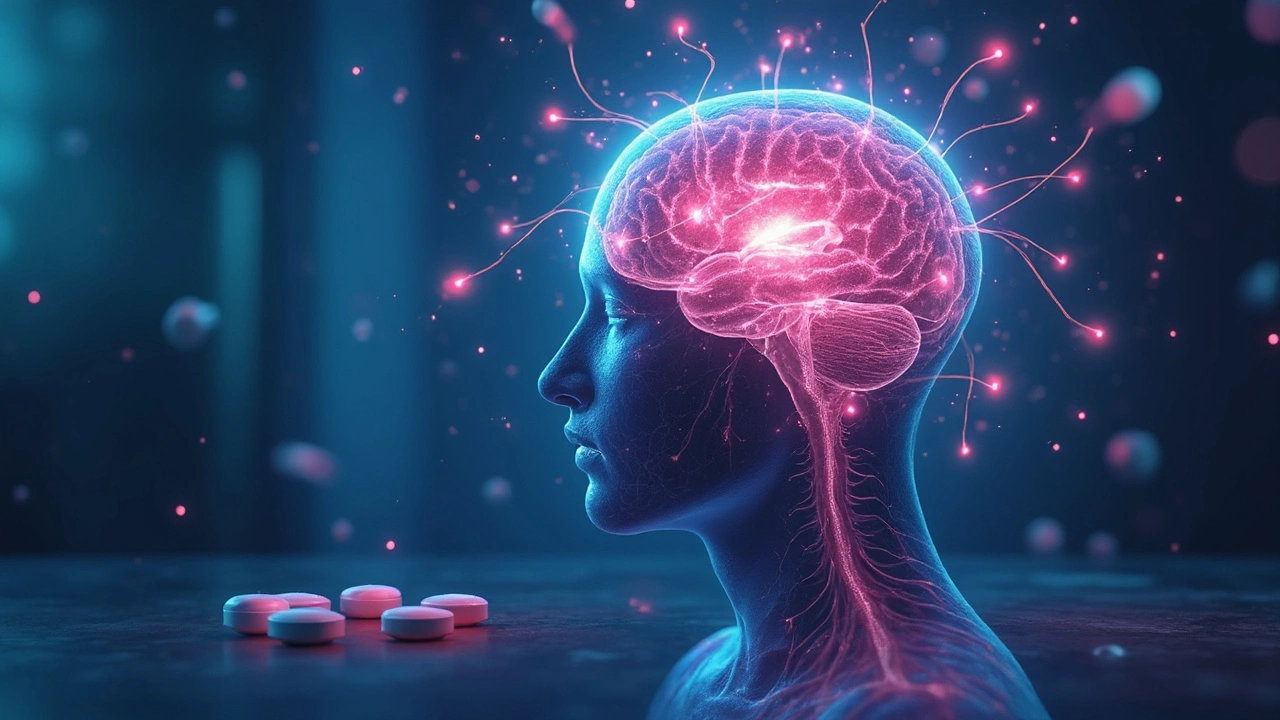Understanding Central Analgesic Action
Ever wonder how some pain medications actually stop pain from bothering you? It’s all about central analgesic action—the way drugs act within your brain and spinal cord to cut down on pain. This is different from other painkillers that just work where the pain starts.
Central analgesics tackle pain by messing with the nervous system’s communication. When you hurt yourself, your nerves send signals up to your brain saying, "Ouch!" These meds step in and slow down or block those messages, making you feel less pain or none at all.
How Do Central Analgesics Work Exactly?
Inside your brain, there are special spots called receptors. Medicines like opioids attach to these receptors and change how pain signals are processed. Instead of shouting 'stop it!' your brain hears 'not so bad' and the discomfort lessens.
This effect goes beyond simply stopping pain at the source. Because the action happens in the brain, these analgesics can help with deeper or chronic types of pain that are otherwise hard to manage.
Why Knowing This Matters for You
Understanding central analgesic action helps you see why some pain meds require a prescription or medical supervision. They’re powerful and can affect your brain’s functions, mood, and even breathing if not used right.
If you or someone you know is dealing with tough pain, knowing about central analgesics opens up options beyond over-the-counter remedies. Always chatting with a healthcare provider ensures you get the safest, most effective treatment for your situation.
So next time you take a painkiller that works centrally, remember it’s not just blocking pain where you feel it—it’s changing the way your brain receives those signals. That’s some pretty smart relief right there.
- Emma Barnes
- 11
Central Analgesic Mechanisms of Acetaminophen: COX Inhibition and Serotonergic Modulation Explained
Dig into how acetaminophen truly works beyond the basics. Learn the real science behind its central analgesic action, including COX inhibition in the brain and the fascinating way it interacts with serotonin pathways. Surprising facts, practical tips, and new insights all come together in this comprehensive article. Perfect for anyone who's ever wondered what actually happens when you pop a Tylenol for pain relief.
Read more
